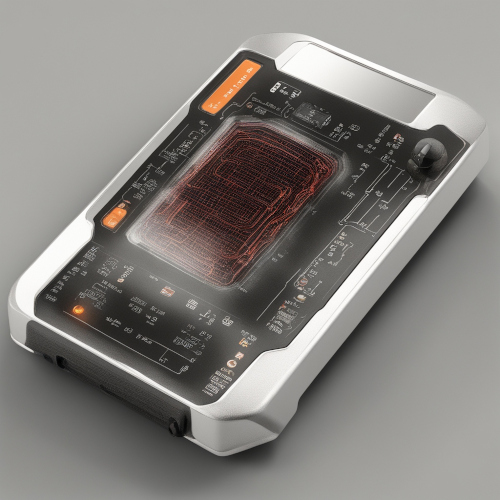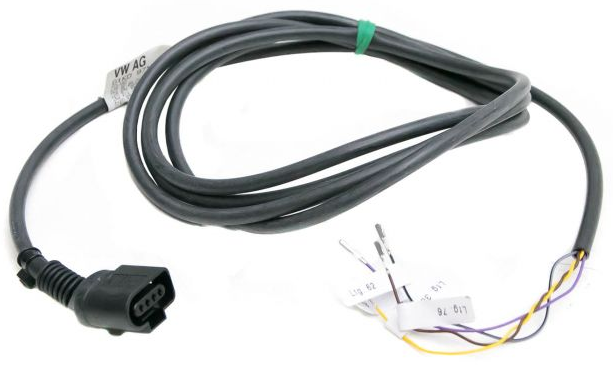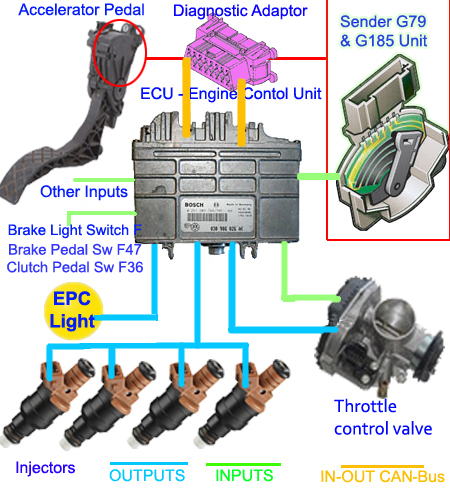Unlocking the Mysteries of Automotive Diagnostics
In the intricate world of modern automotive technology, the ability to
diagnose and troubleshoot issues has become an indispensable skill for both
mechanics and car enthusiasts. One of the key frameworks governing this
diagnostic landscape is the Onboard Diagnostics (OBD) system, specifically the
second iteration, OBD-II, which adheres to the standards set by the Society of
Automotive Engineers (SAE).
SAE and OBD-II Standards:
The SAE plays a crucial role in establishing standards that govern automotive
diagnostics. In the context of the VW Polo and many other vehicles, OBD-II is
the standardized system designed to monitor and report the performance of
various vehicle systems, ensuring compliance with emission regulations.
Stoichiometry and Emission Control:
Understanding stoichiometry is fundamental to comprehending OBD-II's role in
emission control. Stoichiometry refers to the chemically balanced ratio of air
to fuel necessary for complete combustion. OBD-II monitors this ratio through
sensors, with the Oxygen Sensor System (OXS) playing a pivotal role in
providing feedback to the engine control module (ECM).
EPC Light - Electronic Power Control:
One of the telltale indicators of an issue within the electronic realm of the
VW Polo is the Electronic Power Control (EPC) light. This warning light
illuminates when the system detects a fault affecting the engine's
performance. The EPC system is responsible for managing the throttle, ensuring
optimal power delivery and efficiency.
Check Engine Light and DTC Codes:
The infamous Check Engine Light (CEL) is another beacon of concern for
drivers. When illuminated, it signals potential issues with the engine or
emissions system. Diagnostic Trouble Codes (DTC), communicated through the
OBD-II system, provide mechanics with specific information about the nature of
the problem, allowing for a targeted and efficient diagnosis.
Limp Mode and Safety Features:
In the event of a critical issue, the VW Polo employs a safety feature known
as Limp Mode. This mode restricts the vehicle's performance to prevent further
damage, allowing the driver to reach a service center safely. Understanding
the triggers for Limp Mode requires decoding the specific DTCs stored in the
OBD-II system.
Sensors, Senders, and Actuators:
Central to the OBD-II system are an array of sensors and senders strategically
placed throughout the vehicle. These components, such as the Oxygen Sensor,
monitor various parameters and relay information to the ECM. Actuators,
controlled by the ECM, respond to these inputs by adjusting engine functions
to maintain optimal performance and emissions.
16-Pin OBD-II Connector:
Mechanics rely on the 16-pin OBD-II connector to interface with the vehicle's
diagnostic system. This standardized connector provides access to the wealth
of information stored within the OBD-II system, facilitating precise diagnosis
and troubleshooting.
Automotive Acronyms:
Navigating the world of automotive diagnostics often involves deciphering a
myriad of acronyms. From EPC to DTC,to HVAC, to OXS, to EGR and beyond,
mechanics adeptly use these shorthand terms to efficiently communicate
and clients and pinpoint issues with precision.However, it can confuse the
hell out of them.
Delving into the realm of automotive diagnostics for the VW Polo unveils a
sophisticated interplay of technologies governed by SAE standards and OBD-II
protocols. Mastery of these systems empowers mechanics to unravel
complexities, ensuring optimal performance and emission control for vehicles
on the road.
As technology continues to advance, a deep understanding of automotive
acronyms and diagnostic intricacies remains paramount for those entrusted with
keeping our vehicles running smoothly. However, it would be feasible even
advisable for vehicle owners to get get up to speed with Automotive
technology. Technology is here to stay and no matter how hard we try, cannot
will it away.








